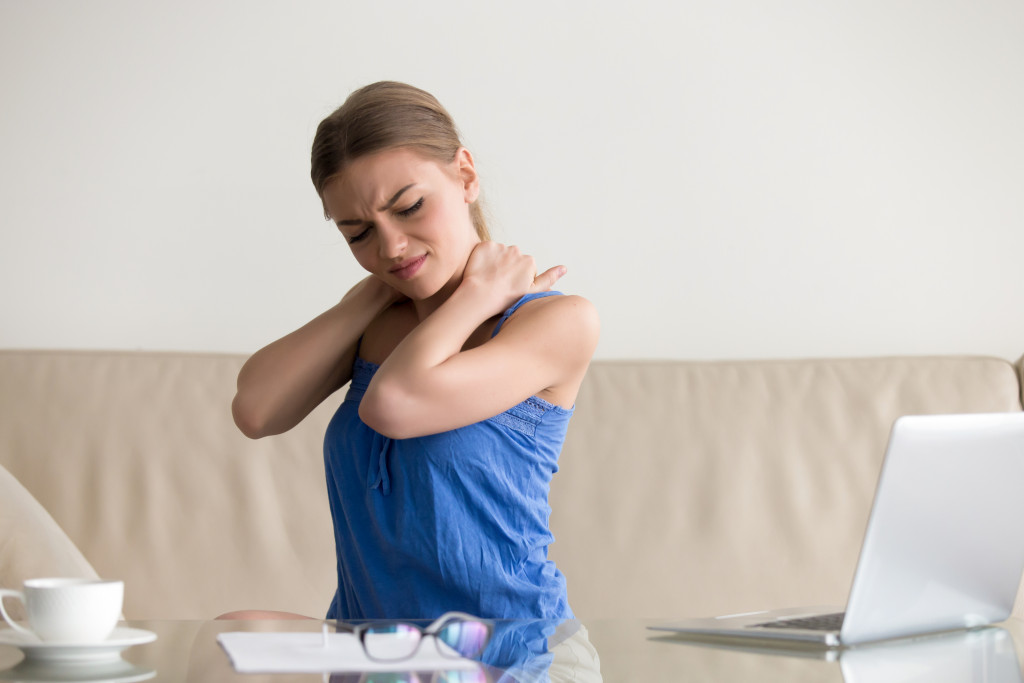Chronic body pain caused by fibromyalgia is common and affects one in five teens and young adults, and it takes several forms. These include pain in the musculoskeletal system, ranging from the bones muscles and down to the smallest tendons where people are often described as aching and sore. Body pain may also be nerve-type pain, abdominal pain, and headaches. It’s a long-term condition that affects young individuals’ quality of life.
Although there’s no cure for body pain, doctors can help relieve the discomfort. Additionally, making specific changes, such as avoiding foods that cause fibromyalgia flare-ups, exercising, and getting enough sleep, can make any recovery journey possible.
With the said, if you have a teen and young adult in your life that you want to help out, here are what you need to know about body pain—and the best treatment options for it.
The Most Common ‘Pain’ Spots
Most teenagers and young adults experiencing body pain caused by fibromyalgia typically feel it throughout their bodies, with the pain being typically dull or burning. When these individuals experience body pain, watch out for ‘tender spots’ or areas of the body that hurt when someone presses on that place. The most common tender spots a teenager or young adult may face include:
- Between the shoulder blades
- The top part of each shoulder
- The lower back fo the head
- The upper chest
- Elbows
- The inner knees
Besides pain, people suffering from body pain may also feel tired or exhausted, have trouble sleeping, and wake up often at odd times of the day. They may also have issues such as sleep apnea and restless legs.
How Doctors Diagnose It
Since body pain from fibromyalgia consists of clusters of different symptoms, it’s not easy to diagnose. There’s no specific test for the medical condition. That’s why doctors may do tests to rule out other medical problems and diseases. For instance, fatigue may be a sign of thyroid issues. So, doctors may perform thyroid tests. Additionally, since the medical condition is complex, physicians may look at several things.
Physicians will begin by asking a teen or young adult’s medical history and symptoms—and check for common tender spots mentioned earlier. Individuals experiencing body pain will at least have five of these ‘tender areas’ when the doctor presses on them.
Treatment Options

Body pain can happen to anyone, and there’s no cure for the medical condition. However, treatments can help manage symptoms, reduce pain, and improve an individual’s overall health and quality of life. Common treatments for body pain include lifestyle changes and medications.
Here are some of the treatment options that can help with body pain:
- Regular Exercise – Working out might increase the pain at first, but it can help ease it in the long run when done regularly. Some individuals benefit from working with physical therapists or personal trainers.
- Reduce Stress – Doing stress-relief methods such as yoga, tai chi, and other approaches, such as massages and breathing exercises, may also help mitigate body pain.
- General Healthy Lifestyle Choices – Making significant changes in your life, such as eating healthy food, can help alleviate body pain. Doing things you’re passionate about may also help. Hobbies and other activities don’t just make people feel good but also distracts them from the pain.
- Pain-relievers – If natural approaches don’t work on you anymore, your doctor may advise you to take pain relievers.
If you know a teen or young adult experiencing body pain, help them by suggesting the natural treatments mentioned—and encourage them to join a community with individuals living with the same conditions. That way, besides healing physically, they may also nourish their emotional and mental health—helping you heal your loved one through-and-through.

